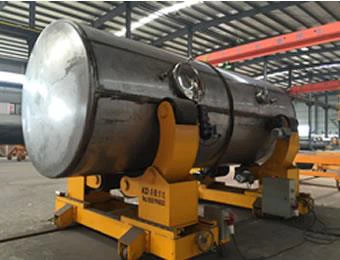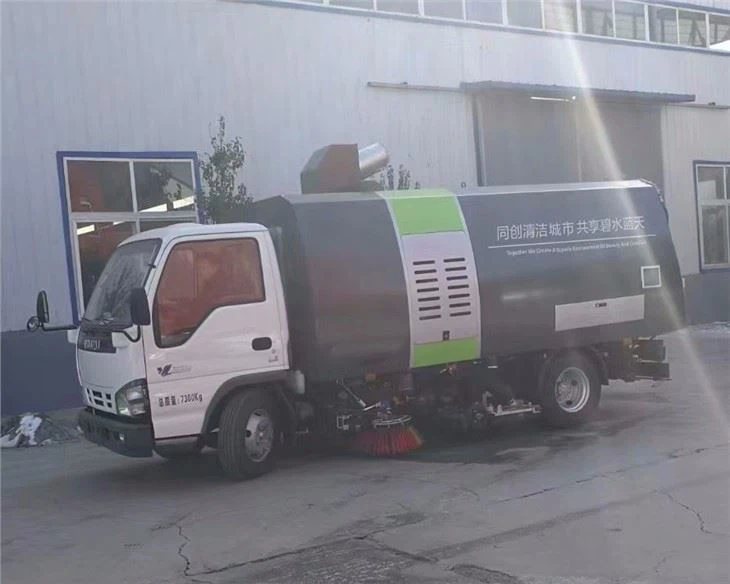Unlocking the Charm of Antique Garbage Trucks: A Nostalgic Journey

Antique garbage trucks are more than just relics of the past; they symbolize an era of history, craftsmanship, and community service. These vintage vehicles capture the imagination of collectors, historians, and everyday enthusiasts. In this article, we will explore the history, significance, restoration, and appreciation of antique garbage trucks, providing you with a comprehensive overview of this unique niche.
The Historical Significance of Garbage Trucks
To understand the importance of antique garbage trucks, we must first explore their historical context.
The Evolution of Waste Management
Waste management has undergone significant transformations over the decades. Garbage collection began in small towns with simple horse-drawn carts, evolving into the powered trucks we see today. This evolution reflects societal changes, urban growth, and advancements in technology.
Early Garbage Collection Methods
In the early 19th century, waste collection was the responsibility of local municipalities or private contractors. Here are some early methods:
- Horse-Drawn Carts: Utilized by towns to collect waste before mechanization.
- Cesspools and Pit Privies: An early method of waste disposal prevalent before modern sanitation.
The Birth of the Motorized Garbage Truck
The introduction of gasoline-powered vehicles in the early 20th century revolutionized waste management. The first motorized garbage truck was introduced in 1906 and quickly gained popularity. This transition significantly improved the efficiency and cleanliness of garbage collection.
Characteristics of Antique Garbage Trucks
Antique garbage trucks have distinct features that set them apart from their modern counterparts.
Design Elements
With a variety of designs, antique garbage trucks offer a unique aesthetic that reflects different architectural styles. Common characteristics include:

- Boxy Shapes: Many antique trucks had flat fronts and square bodies, starkly different from today’s sleek designs.
- Bright Colors and Logos: Colorful paint jobs, often adorned with bold city or company logos, made them easily identifiable.
Mechanical Features
The mechanical components also differ significantly:
- Manual Loading Systems: Early garbage trucks required workers to manually load waste, while modern ones often feature automated systems.
- Simple Engine Technology: Early motorized trucks operated on basic engines, often lacking the advanced technology found in today’s vehicles.
Popular Antique Garbage Truck Models
Several models of antique garbage trucks have gained notoriety among collectors and enthusiasts. Below are some of the most notable:
GMC Model C-4000
Produced in the 1940s, the GMC Model C-4000 became iconic due to its robust build and reliability.
International Harvester Model A
This vintage truck is celebrated for its unique design, featuring a spacious collection box and a straightforward engine.
Chevrolet Series 6400
Popular in the 1950s, this model was known for its efficiency and simple maintenance, making it favored by municipal departments.
The Restoration Process
Restoring an antique garbage truck is a labor of love and requires careful planning and execution.
Finding the Right Vehicle
Begin your restoration journey by finding a suitable antique garbage truck. Consider the following:
- Condition: Look for trucks that are in good condition with minimal rust.
- Parts Availability: Ensure you can find replacement parts easily.
Key Steps in Restoration
The following steps will guide you through the restoration process:
- Assessment: Inspect the truck to determine its condition and what needs to be fixed.
- Disassembly: Carefully take apart the truck and label parts for easy reassembly.
- Repair/Replace: Fix structural issues and replace worn-out components.
- Paint and Finish: Choose authentic colors for a complete restoration appearance.
- Reassembly: Put the truck back together, ensuring every component is securely in place.
- Final Inspection: Check everything works properly and safely before taking it on the road.
Collecting Antique Garbage Trucks
Collecting antique garbage trucks can be a rewarding hobby. Here are some tips to help you start your collection:
Networking with Other Collectors
Join collector clubs or online forums to connect with fellow enthusiasts. Networking can provide you with resources on where to find antique trucks and tips for restoration.
Attending Shows and Auctions
Participating in antique vehicle shows and auctions can be invaluable. You’ll often find rare models and meet sellers who share your passion.
Storage and Maintenance
Due to their age, antique garbage trucks require special care. Consider the following for proper storage:
- Climate Control: Store your truck in a garage to protect it from weather-related damage.
- Regular Maintenance: Perform routine checks on moving parts, brakes, and tires.
Antique Garbage Trucks in Popular Culture
These classic trucks have made appearances in various media, celebrating their impact on both history and culture.

Television and Film
Classic garbage trucks often feature in nostalgic films, showcasing city life from decades past. Popular shows set in historical contexts frequently use them to convey authenticity.
Community Events and Festivals
Many towns host vintage parades where antique garbage trucks shine. These events celebrate local history and bring communities together.
Understanding the Market Value
The value of antique garbage trucks fluctuates based on various factors. Here’s a guide to understanding their worth:
Determining Factors
- Rarity: The less common the model, the higher its potential value.
- Condition: Trucks in excellent condition will fetch top dollar.
- Provenance: Trucks that have a documented history or celebrity owner are often valued highly.
Average Price Ranges
| Truck Model | Condition | Price Range |
|---|---|---|
| GMC Model C-4000 | Restored | $15,000 – $25,000 |
| International Harvester Model A | Original | $5,000 – $12,000 |
| Chevrolet Series 6400 | Restored | $10,000 – $20,000 |
Preserving Antique Garbage Trucks for Future Generations
Preserving antique garbage trucks is not just about collection; it’s about ensuring these historical artifacts remain for future generations.
Community Engagement
Engaging with schools and local organizations can promote awareness of these unique vehicles. Organizing events that allow the public to see and learn about antique trucks can foster appreciation.
Creating a Digital Archive
Documenting your collection through photographs and historical data can serve as an educational resource for future collectors and enthusiasts.
FAQs about Antique Garbage Trucks
What defines an antique garbage truck?
An antique garbage truck is typically classified as any truck that is at least 25 years old and holds historical significance.

How can I find parts for my antique garbage truck?
Check online marketplaces, specialty stores, junkyards, and collector forums. Networking with other collectors can also yield valuable information on sourcing parts.
Are antique garbage trucks safe to drive?
With proper maintenance and restoration, antique garbage trucks can be safe to drive. It’s essential to ensure that all safety features are in good working order.
What are the challenges of restoring an antique garbage truck?
Challenges include finding the right parts, handling rust and mechanical issues, and the time commitment required to complete a full restoration.
Can I use my antique garbage truck for regular waste collection?
While technically possible, using an antique truck for regular waste collection may not comply with modern safety and environmental regulations.
Where can I display my antique garbage truck?
You can showcase your antique truck at car shows, local parades, or even in your driveway as a conversation starter for fellow enthusiasts.
